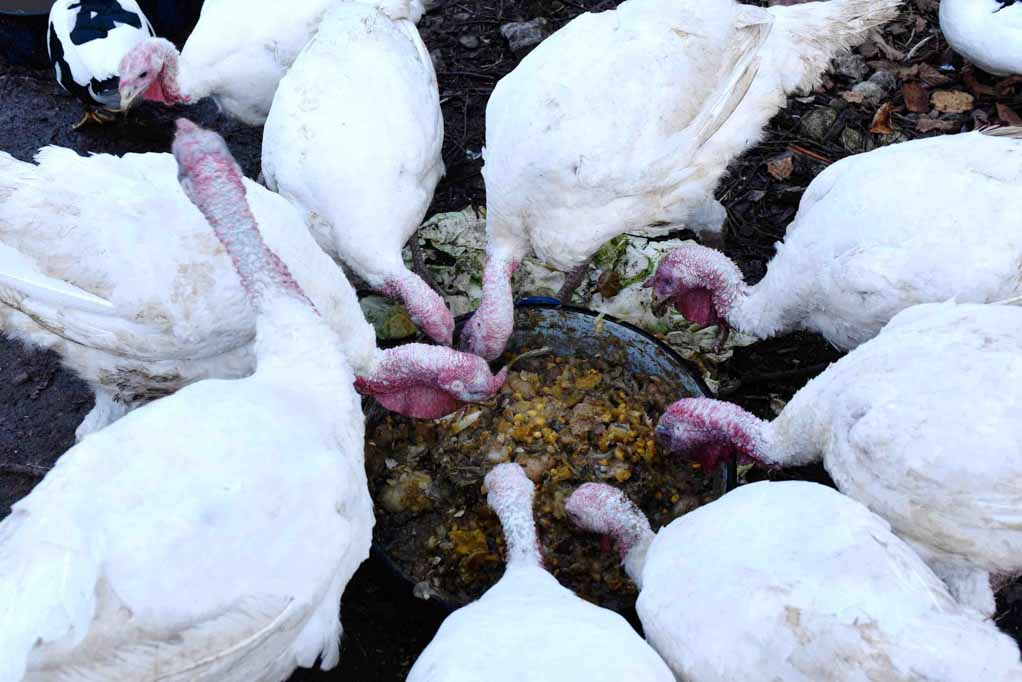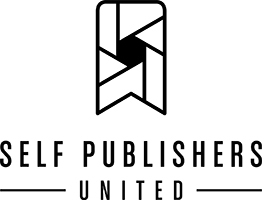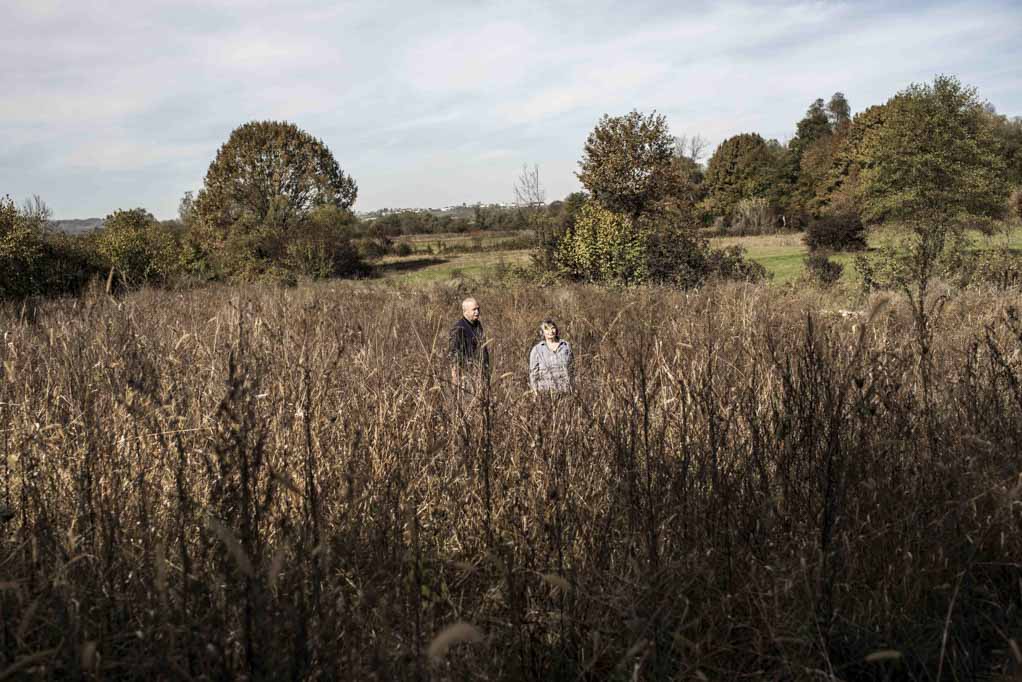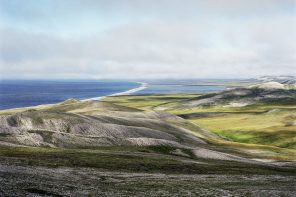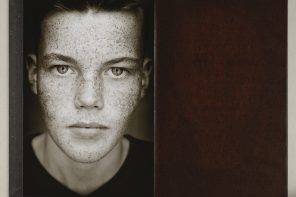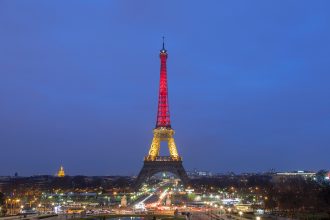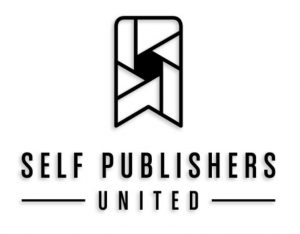The camera is for me a social instrument and helps me to come out my own “bubble”, it helps me to meet interesting people and tell their stories
I am a documentary portrait photographer and believe in the power of people. Whatever you inherited or experienced, you can direct your own life. The camera is for me a social instrument and helps me to come out my own “bubble”, it helps me to meet interesting people and tell their stories. Equality between me and the people I photograph is an important starting point in my work. I make contact with them, I involve them in my photo projects, I dive in their lives and tell their stories.
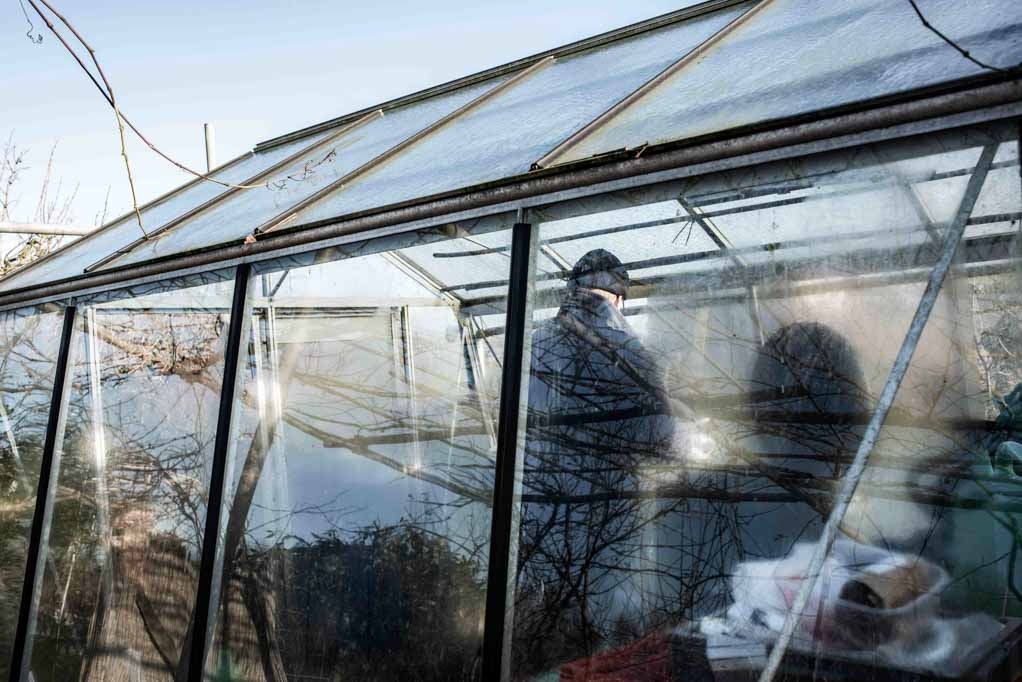
What was the motivation behind this project?
The book “Misrad, Ismet, Izet” is about three brothers from Sanski Most in Bosnia. When the oldest brother, Ismet, was murdered in 1992 during the Bosnian civil war, the whole family fled to The Netherlands. The second brother, Izet, returned to Bosnia five years ago. Misrad is still living in The Netherlands and is a friend of mine. The civil war was traumatic for the family and is still influencing their lives. To understand everything better, I decided to dive into their lives and to make a book about the three brothers.
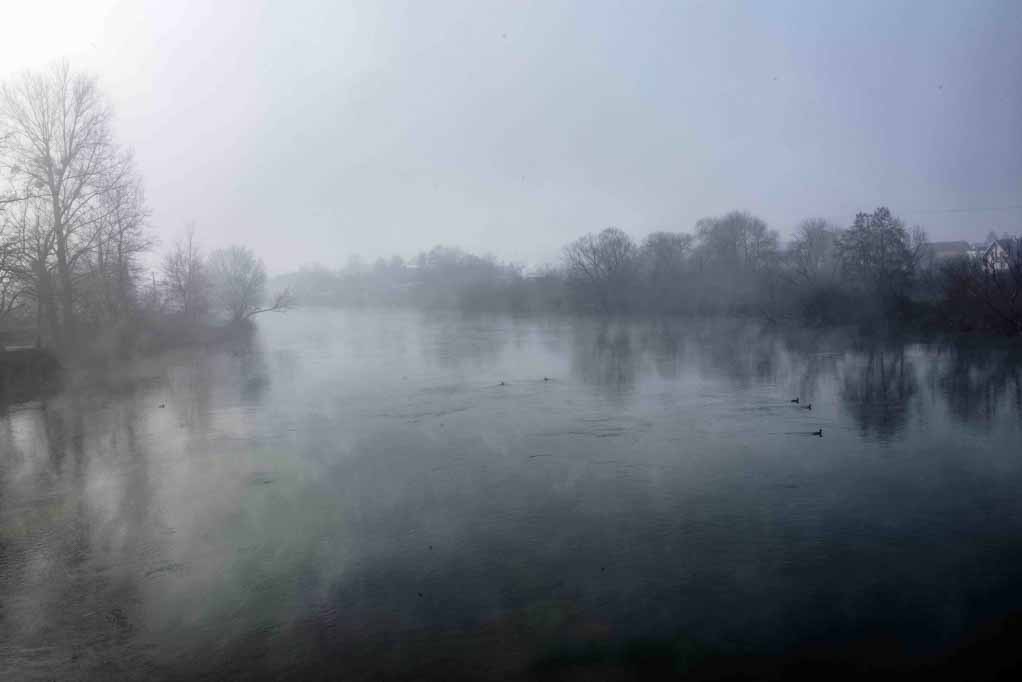
What do you expect the viewer experience when they look at your book?
I hope that readers will understand that the Bosnian civil war has been a terrible war and has caused many traumas. I did not know much about the Bosnian civil war myself. So, I did not know that the Muslims were murdered and chased away by their own Serbian neighbours. Or that 100,000 Muslims were murdered, or that two million Bosnians had to flee their country. But my book is mainly about the lives of two brothers in two different worlds. Because of the war and the murder of their brother, they have grown apart rather than coming closer together. I do not know if this book can change that.
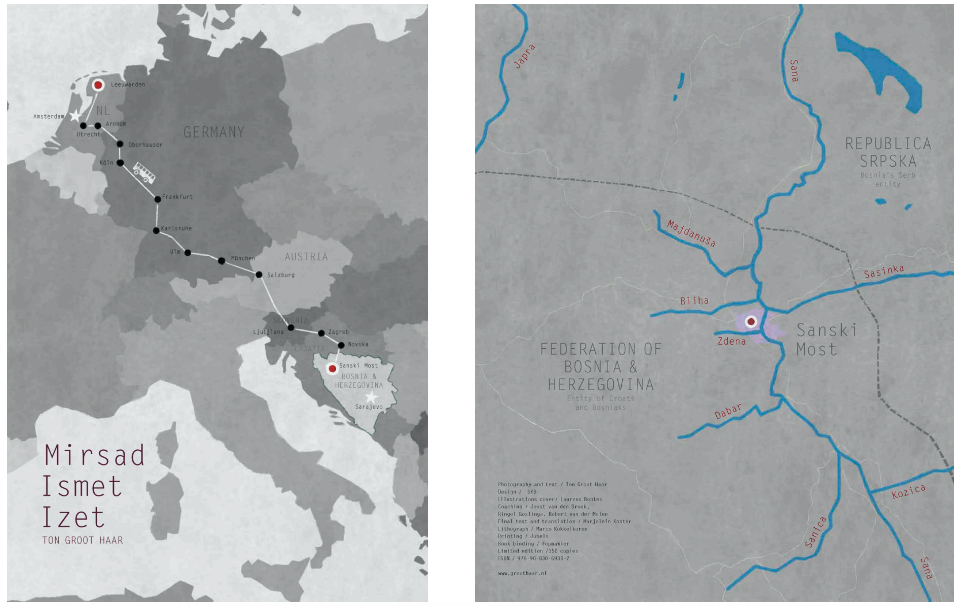
Can you say something about the editing of your book? Did you work alone? Did you work with an image editor and designer?
The book is my final exam project at the Photo Academy in Amsterdam. I have benefited from three coaches. Teacher Joost van de Broek helped me to get my story clear: what story do I want to tell? When I first came back from Bosnia, I had material for three books. Together with Joost I made important choices. The mentors Ringel Goslinga and Robert van der Molen mainly helped me with the editing. They also gave me confidence: I should not doubt my qualities as a photographer. In my case, the choice for the designer was crucial. Sybren Kuiper (SYB) designed the book in such a way that the story became stronger: four signatures with different sizes with their own place for all three brothers. It has become a really special book.
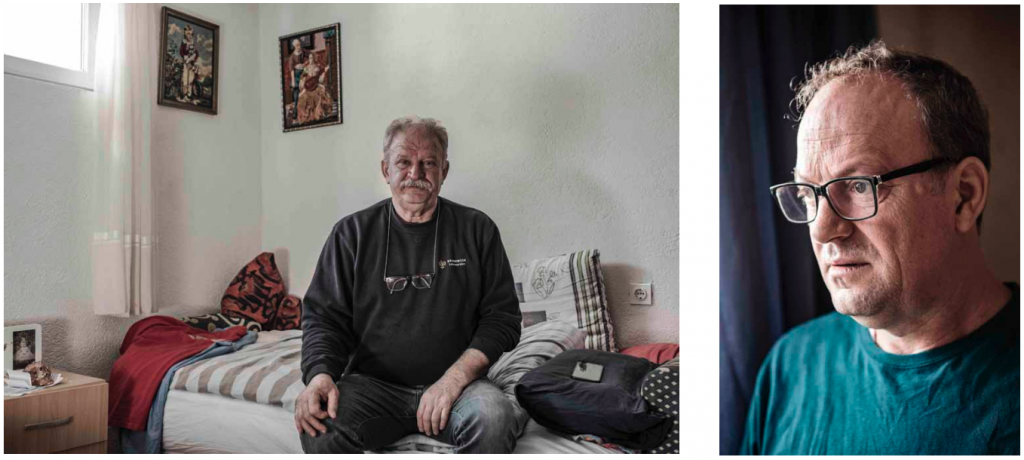
What did you enjoy the most about making this book?
By making this book I got to know the Kuburic family, the Bosnian civil war and its consequences better. This knowledge has made my friendship with Mirsad stronger. I get him better now. The beautiful thing is that my world has also grown much bigger. In total I’ve been to Sanski Most for over a month, I’ve met people and made friendships. And enough ideas came up to make more series or books about Bosnia.
